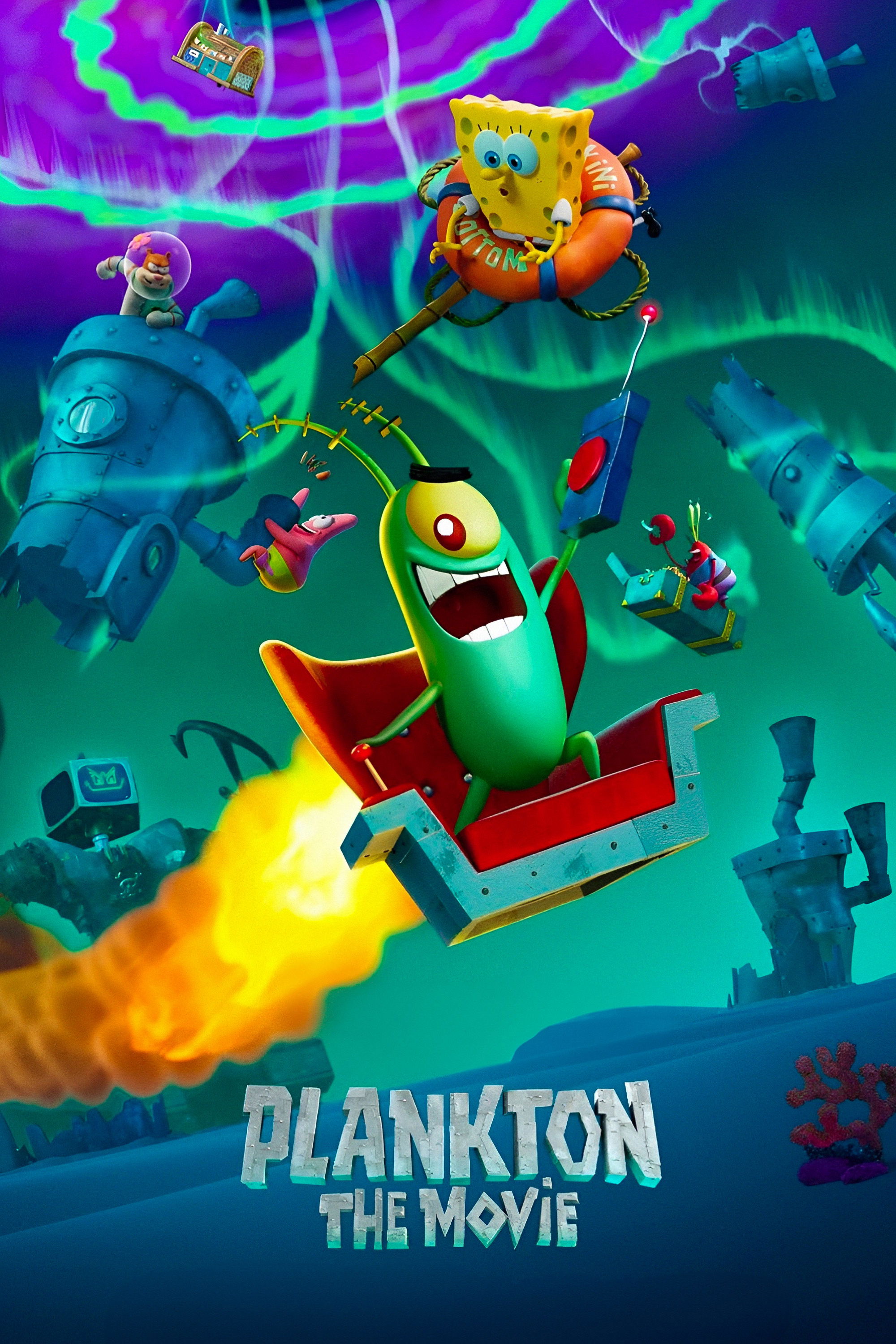4 Movie Rules You Need To Know Before Watching Any Film
Have you ever wondered why some movies stick with you while others fade away like popcorn crumbs? There's more to film-watching than just hitting play. Understanding the unwritten rules of moviemaking can completely transform your experience. Today, we're diving deep into four key rules that shape every great movie you've ever seen.
Whether you're a casual viewer or a die-hard cinephile, these rules are your secret weapon to unlocking the magic behind the silver screen. From plot structure to character development, it's all about recognizing what makes a film unforgettable. So buckle up, grab your favorite snack, and let's explore the hidden world of movie magic!
But before we get into the nitty-gritty details, let's take a moment to appreciate how movies have evolved over the years. From silent films to blockbusters, the industry has come a long way. And yet, these four fundamental rules remain timeless. Ready to level up your movie knowledge? Let's go!
- Ullu Web Series Your Ultimate Guide To Bingeworthy Content
- Watch Free Movies Online Filmyfly 2025 Review Your Ultimate Guide To Streaming Movies
The Power of Storytelling: Rule #1
Storytelling is the backbone of any good movie. Think about it—every great film follows a basic three-act structure: setup, confrontation, and resolution. This formula isn't just a coincidence; it's been perfected over centuries of human storytelling. Movies that break this rule risk losing their audience's attention faster than you can say "blockbuster."
But what does this mean for you, the viewer? Understanding this structure helps you predict where the story is headed while still enjoying the ride. For example, have you noticed how almost every superhero movie follows the same pattern? The hero faces a challenge, overcomes it, and emerges stronger in the end. Classic storytelling at its finest.
Why Storytelling Matters
- It creates emotional connections with characters.
- It keeps the audience engaged from start to finish.
- It provides a satisfying conclusion that ties everything together.
Take "The Shawshank Redemption," for instance. The film's power lies in its ability to tell a compelling story that resonates on multiple levels. From Andy's struggles to his ultimate triumph, the narrative pulls you in and refuses to let go. That's the magic of storytelling!
- Filmyflynet Hollywood Your Ultimate Destination For Hollywood Entertainment
- The Exclusive Guide To Wives Of Mbs Unveiling The Secrets Of Power And Influence
Character Development: Rule #2
Great characters make great movies. Period. A well-developed character has depth, flaws, and a journey that audiences can relate to. Think about your favorite movie characters—they're not perfect; they're human. And that's what makes them so relatable.
Character arcs are crucial here. A character should change or grow throughout the film. This transformation keeps viewers invested in their journey. For example, in "Forrest Gump," we watch Forrest evolve from a simple boy to a complex man who impacts the world around him. It's this growth that makes his story unforgettable.
Tips for Spotting Well-Developed Characters
- Look for characters with clear motivations and goals.
- Pay attention to how they interact with others.
- Notice if their actions drive the plot forward.
Remember, a character doesn't have to be likable to be interesting. Villains like Hannibal Lecter or Darth Vader are just as memorable as heroes because of their complexity. So next time you watch a movie, ask yourself: What makes these characters tick?
Visual Storytelling: Rule #3
Visuals are everything in filmmaking. Directors use camera angles, lighting, and color palettes to convey emotions and enhance the story. It's not just about what you see but how it's presented. Think about the iconic "shark shot" in "Jaws"—that simple camera movement created tension that still resonates today.
But visuals aren't just about aesthetics; they're about storytelling. Every frame should contribute to the narrative. In "Inception," for example, the spinning hotel hallway scene isn't just eye-catching—it symbolizes the bending of reality within dreams. That's the power of visual storytelling.
How Visuals Impact Your Movie Experience
- They set the tone and mood of the film.
- They provide context and subtext.
- They create unforgettable moments that stick with you.
So the next time you're watching a movie, pay attention to the visuals. You might be surprised by how much they add to the story without saying a word.
Sound Design: Rule #4
Sound is often overlooked, but it's one of the most important elements of filmmaking. From dialogue to music to sound effects, every auditory element plays a role in enhancing the viewing experience. Silence can be just as powerful as noise, as shown in films like "A Quiet Place."
Music, in particular, has the ability to evoke emotions and elevate scenes. Think about the iconic score in "Star Wars" or the haunting melodies in "The Revenant." These sounds become part of the film's identity, making them instantly recognizable.
Why Sound Design Matters
- It enhances emotional impact.
- It creates atmosphere and tension.
- It ties the visual elements together.
Without sound, even the best movies would lose their magic. So next time you watch a film, turn up the volume and let the sounds transport you to another world.
Putting It All Together
Now that we've explored the four key rules of moviemaking, it's time to see how they work together. Every great film combines storytelling, character development, visual storytelling, and sound design to create a cohesive experience. Think of it like a symphony—each element contributes to the overall harmony.
For example, in "The Dark Knight," Christopher Nolan masterfully weaves these rules together. The story is gripping, the characters are complex, the visuals are stunning, and the sound design is unforgettable. It's no wonder the film is considered one of the greatest superhero movies of all time.
How to Apply These Rules to Your Movie Watching
- Pay attention to the structure of the story.
- Observe character arcs and motivations.
- Notice how visuals enhance the narrative.
- Listen for sound cues that add depth.
By keeping these rules in mind, you'll gain a deeper appreciation for the art of filmmaking. And who knows? You might even start noticing things you've never seen before.
Real-Life Examples: Movies That Mastered the Rules
Let's take a look at some films that perfectly embody these four rules. "Parasite" is a prime example of masterful storytelling, with its clever plot twists and well-developed characters. The visuals and sound design also play a crucial role in creating tension and atmosphere.
Another great example is "Mad Max: Fury Road." This film's stunning visuals and immersive sound design make it a sensory experience. And yet, it never forgets the importance of storytelling and character development, making it one of the best action movies of recent years.
Lessons from These Films
- Great movies balance all four rules.
- Each rule enhances the others, creating a richer experience.
- Even genre films can be elevated by following these principles.
So the next time you watch a movie, think about how these rules are applied. You'll be amazed by how much thought goes into every aspect of filmmaking.
Common Mistakes to Avoid
Not every movie follows these rules perfectly, and that's okay. But when filmmakers ignore them altogether, the results can be disastrous. For example, a film with a weak story and underdeveloped characters might still have great visuals, but it won't leave a lasting impression.
Similarly, relying too heavily on special effects without substance can lead to a hollow experience. Think about some of the big-budget flops that promised spectacle but delivered little else. It's a reminder that all four rules are equally important.
How to Spot a Movie That Breaks the Rules
- Look for inconsistencies in the story.
- Pay attention to flat or uninteresting characters.
- Notice if the visuals or sound feel disconnected.
By recognizing these mistakes, you'll become a more discerning viewer. And that's half the fun of being a movie lover!
Conclusion: Elevate Your Movie Watching Experience
In conclusion, understanding the four key rules of moviemaking can completely transform how you watch films. By paying attention to storytelling, character development, visual storytelling, and sound design, you'll gain a deeper appreciation for the art of filmmaking.
So next time you're settling in for a movie night, take a moment to think about these rules. You might be surprised by how much they enhance your experience. And don't forget to share your newfound knowledge with friends—it's always more fun to watch movies together!
Table of Contents
- The Power of Storytelling: Rule #1
- Character Development: Rule #2
- Visual Storytelling: Rule #3
- Sound Design: Rule #4
- Putting It All Together
- Real-Life Examples: Movies That Mastered the Rules
- Common Mistakes to Avoid
- Conclusion: Elevate Your Movie Watching Experience
Remember, movies are more than just entertainment—they're a form of art. By understanding these rules, you'll not only enjoy them more but also gain a new perspective on the craft of filmmaking. So grab the remote, hit play, and let the magic begin!
- Explore Jackermans 3d World Mothers Warmth In Daz Studio
- Desi 49 The Ultimate Guide To Her Life Career And Achievements

CINEMABOX

10 Classic Horror Movie Rules That Are Still Being Followed Today

34 Facts about the movie The Intern